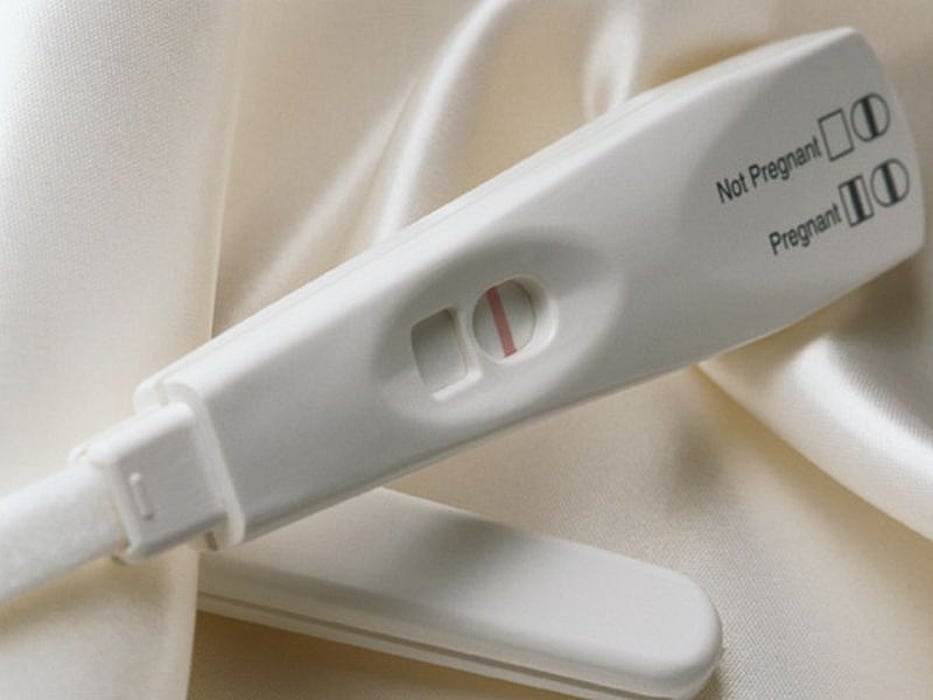Twenty Percent With Livebirth Via ART Go on to Conceive Naturally

WEDNESDAY, July 26, 2023 (HealthDay News) -- Twenty percent of women with livebirth via assisted reproductive technology (ART) subsequently conceive naturally, according to a study published online June 20 in Human Reproduction.
Annette Thwaites, M.B., B.Chir., from the Institute of Women’s Health at University College London, and colleagues conducted a systematic review and meta-analysis to examine the proportion of women who experienced natural conception after a livebirth via ART. Data were included from 11 studies with 5,180 women.
The studies were mostly of moderate quality and had a maximum follow-up period ranging from two to 15 years. The researchers found that four studies reported natural conception livebirths, which were used as known underestimates of natural conception pregnancies due to exclusion of nonbirth outcomes. The pooled estimate was 0.20 for the proportion of women having natural conception pregnancies after ART livebirth.
"This first systematic review and meta-analysis of natural conception pregnancy after ART livebirth suggest that this is far from rare, affecting one in five women after having a baby via in vitro fertilization or intracytoplasmic sperm injection," the authors write. "This is in contrast with views commonly expressed in the media and by women with this reproductive history that it is an unlikely, surprising, or 'miracle' event."
Related Posts
Estrogen, Testosterone Deficiencies May Raise Risk of Rotator Cuff Tears
TUESDAY, April 19, 2022 (HealthDay News) -- Lower levels of sex hormones might...
¿Podría la COVID en el embarazo aumentar el riesgo de obesidad infantil?
MIÉRCOLES, 29 de marzo de 2023 (HealthDay News) -- Todavía se están determinando...
Vaccinations Cut U.S. COVID Deaths by 58%: Study
WEDNESDAY, July 6, 2022 (HealthDay News) -- The U.S. COVID-19 vaccination...
